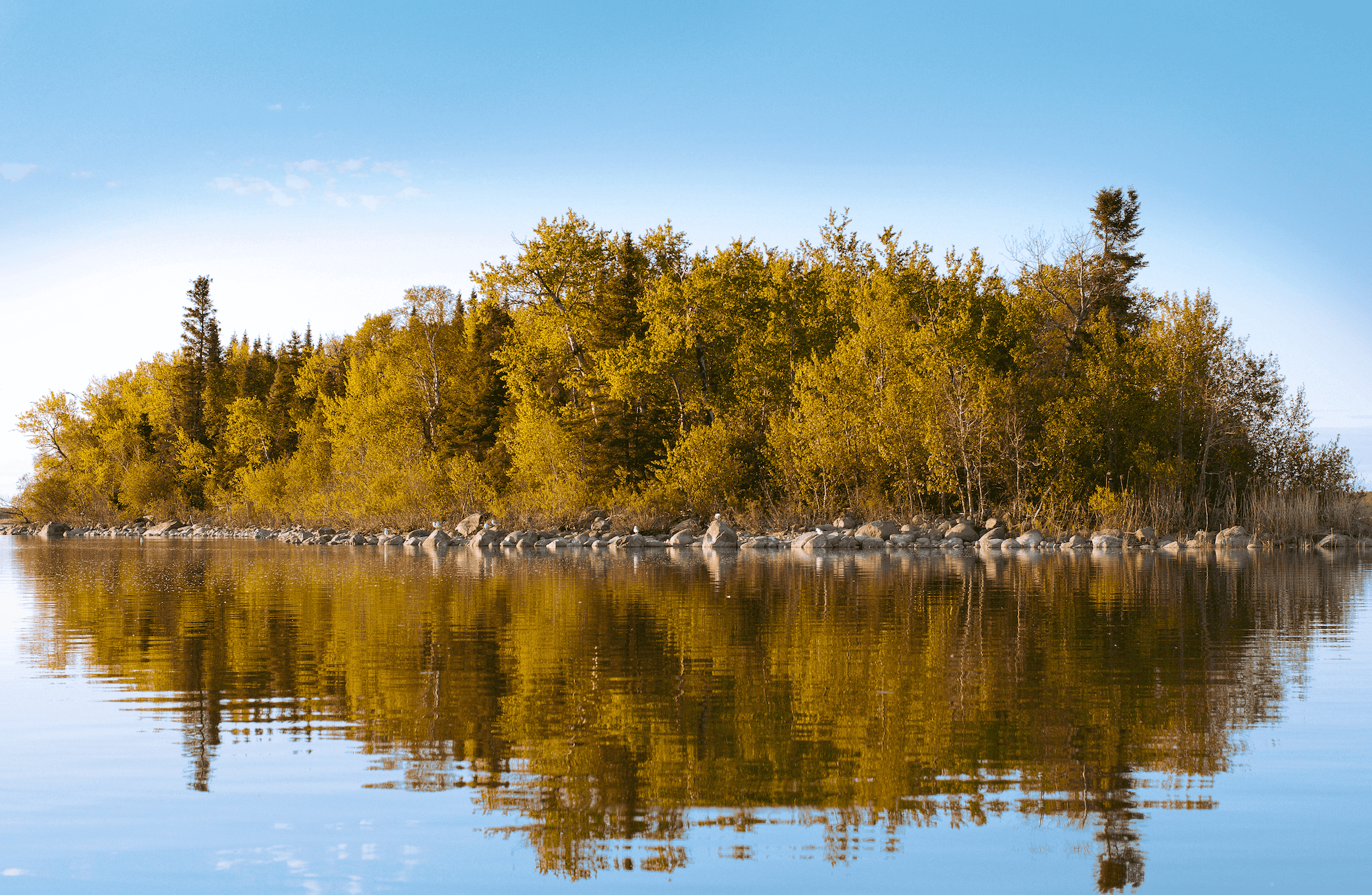
CPAWS applauds federal government’s commitment to nature conservation as part of Canada’s recovery
September 23, 2020, OTTAWA, Ontario – The Canadian Parks and Wilderness Society (CPAWS) welcomes the federal government’s commitment in today’s Speech from the Throne to protect nature as part of Canada’s recovery from COVID-19.
Protecting and restoring nature includes working towards the federal government’s commitments to protecting 25% of Canada’s land and ocean by 2025 and 30% by 2030 and implementing nature-based climate solutions. Bold action is urgently needed to tackle the interrelated biodiversity loss and climate change crises, and today’s commitments are an important step forward.
Biodiversity loss and climate change dominate the World Economic Forum’s top five risks to the global economy, and the COVID-19 pandemic and, by extension, the resulting economic crisis, are a direct outcome of our unsustainable relationship with the natural world.
With today’s acknowledgement of the importance of nature, CPAWS is encouraged that the necessary investment to curb biodiversity loss and make Canada more resilient to climate change will be included in recovery plans. Nature conservation, including protected areas, nature-based climate solutions, and natural infrastructure, offer job opportunities for people across the country and have the potential to support highly-impacted, remote, and vulnerable sectors.
CPAWS highlights the importance of implementing these conservation and climate commitments in ways that advance reconciliation between Indigenous and non-Indigenous peoples in Canada. Federal investment in Indigenous-led conservation and stewardship programs such as Indigenous Guardians will be key to our collective success in conserving nature in Canada.
With our 13 community-based offices from Yukon to Newfoundland and Labrador, and a national office located in Ottawa, CPAWS is looking forward to continuing to work with governments at all levels, Indigenous groups, and other partners, to deliver on these significant commitments to land and ocean protection, nature-based climate solutions, and natural infrastructure in ways that effectively conserve biodiversity and help tackle climate change.
Quote:
“While the link between healthy nature, human health, economic health, and climate stability was recognized before the pandemic, COVID-19 has created the space to consider these important links and to re-think our future,” said Sandra Schwartz, CPAWS National Executive Director. “Governments, including the European Union and New Zealand, are choosing to invest in rebuilding societies and economies that are more healthy, equitable, and green as they plan and implement recovery strategies for COVID-19 – and we are optimistic Canada is on the path to do the same.”
Background
- According to the World Economic Forum, half of the world’s Gross Domestic Product (GDP) is moderately or highly dependent on nature and the services it provides, and the global food-, land-, and ocean-use system provides up to 40% of the world’s jobs. As a nation that relies on its rich natural resources, protecting nature and the multitude of services it provides is critical to Canada’s economic recovery.
- Many studies done across Canada have found that natural assets, if maintained, already have tremendous value, which will increase as the climate changes. As an example, urban forests in Toronto, Vancouver, and Halifax are valued at billions of dollars for ecosystem services such as control of stormwater runoff, air quality regulation, and carbon sequestration.
- Protecting and restoring forest, grassland, and wetland (including eelgrass, saltmarsh, and riparian areas) to reduce and store greenhouse gas emissions would help to address the climate and biodiversity crises, create jobs, and expand a green economy in Canada. The same is true for using natural infrastructure solutions to increase our resilience to climate change.
- The World Economic Forum estimates that transitioning industry to a more nature-positive model could result in up to $10 trillion USD in annual business value and could create 395 million jobs by 2030.
- Terrestrial parks and associated visitor spending support 64,000 jobs, generate a return of 6:1 in GDP, and return 44% of government investment back in taxes. Canada’s parks and protected areas are becoming increasingly important for domestic tourism as COVID-19 restricts international travel.
- Effective Marine Protected Areas (MPAs) are a key component of a strong Blue Economy. Recent studies show that protecting 30% of our ocean in effective and well-managed MPAs can restore ocean health and produce an economic return on investments of 10:1.
- Read our Economic Investment in Nature backgrounder
About CPAWS
The Canadian Parks and Wilderness Society (CPAWS) is Canada’s only nationwide charity dedicated solely to the protection of our public land, ocean, and freshwater, and ensuring our parks and protected areas are managed to protect nature. Since 1963, we have played a leading role in protecting over half a million square kilometres. Our vision is to protect at least half of Canada’s public land and water in a framework of reconciliation – for the benefit of wildlife and people. For more information about CPAWS and the work we do to safeguard Canada’s natural heritage, visit cpaws.org.
Join our community on Facebook, Twitter, Instagram and LinkedIn.
Donate today. Take action.
-30-
For more information, please contact:
Tracy Walden
National Communications Director
[email protected] | Cell. : 613-915-4857
